The Ulugh Beg Observatory is an observatory in modern day Samarkand, Uzbekistan, which was built in the 1420s by the Timurid astronomer Ulugh Beg. This school of astronomy was constructed under the Timurid Empire, and was the last of its kind from the Islamic Medieval period. Islamic astronomers who worked at the observatory include Jamshid al-Kashi, Ali Qushji, and Ulugh Beg himself. The observatory was destroyed in 1449 and rediscovered in 1908.
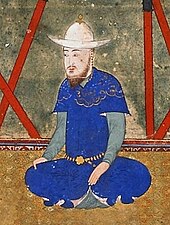 Ulugh Beg, founder of the observatory, in a contemporary Timurid painting (1425-1450)
Ulugh Beg, founder of the observatory, in a contemporary Timurid painting (1425-1450)Ulugh Beg, the son of Shah Rukh and grandson of Sultan Timur, became the ruler of Samarkand in the 15th century AD. Ulugh Beg was very skilled in mathematics and astronomy. He taught many important astronomers, including Ali Qushji.
Many historians have tried to accurately identify the dates of the events that occurred during the Samarkand or Ulugh Beg Observatory.[1] The differences in interpreting dates and citations of historical sources have caused inaccuracies and neglection of some events during this time.
In Jamshid al-Kashi's letters to Ulugh Beg's father, you can see Ulugh Beg's visit to the Maragha Observatory had an effect on Ulugh Beg.[2] This could have affected Ulugh Beg's reason for his transformation of the city of Samarkand and his mathematical orientation. Other matters such as, political, economic, military, social, and even commercial reasons could have played a role in the building of Ulugh Beg's observatory.[2] Another reason of starting his own observatory could have been because of Ulugh Beg's differences in observations of those with al-Sūfī.
The foundation for Ulugh Beg Observatory was laid in the earlier half of the 1420s (823 AH). Although the year of its completion is still debated, the observatory was completed around 1428 AD (831 AH).[1] Many Old Persian texts reference the Samarkand Observatory and Ulugh Beg.
He invited skillful mathematicians and astronomers to help build this observatory and also a madrassa in Samarkand. Among those he invited were Ghīyāth al-Dīn Jamshid al-Kashi, Mu’in al-Din al-Kashi, Salah al-Din Qadi Zada Rumi, and Ali Qushiji.[1] Over 60 mathematicians and astronomers were invited to the observatory. Jamshīd al-Kāshī was appointed as the first director of the observatory. After al-Kashi's death Qadi Zada became the director of the observatory. After the death of Qadi Zada, Qushji led the observatory as the last and final director. The Samarkand Observatory was a place for astronomers and mathematician to work together in finding new discoveries.
Ulugh Beg's observatory was built according to the plans of the Maragha observatory, which was designed by Nasir al-din al-Tusi.[3] Ulugh Beg's observatory included the largest quadrant principle device. The building was not tall but was allowed a maximal size for the arc of the circle. This device was carefully oriented, and the arc was scaled very accurately. This device was very versatile. It could accurately measure the sun from the horizon, the altitude of a star and other planets. The duration of the year, period of planets, and eclipses were measured by this device. Ulugh Beg's measurements of planets closely relate to today's measurement, showing us the phenomenal accuracy of the device.[3]
Today, the foundations and the buried part of the marble quadrant are all that are visible of the original vestiges of the Ulugh Beg Observatory. Much of the decline of the observatory has been attributed to Ulugh Beg's assassination by his son, Abd al Latif, around 1449 (852 AH).[4] Ulugh Beg's death caused chaos within the observatory. The observatory was destroyed and dozens of talented astronomers and mathematicians were driven away.[4] In 1908, the Russian archaeologist Vassily Vyatkin uncovered the remains of the observatory.[4]
Scientific atmosphereJamshid Al-Kashi, a 15th-century astronomer and mathematician, is known to have relocated to Samarkand to interact with the scientific processes taking place there. Having received an invitation from Ulugh Beg, Al-Kashi left his native land of Kashan in north central Iran and went to Samarkand. A letter that Al-Kashi wrote to his father during his stay in Samarkand has been translated by Kennedy (1960) and Sayılı (1960). This letter, written in Persian, has shaped the modern view of Samarkand activities substantially despite its lack of information about scientific activities that were taking place at the observatory. However, a new letter written by Al-Kashi to his father has been found in Iran, and the translation of this letter by Bagheri sheds more light on the scientific atmosphere of Samarkand in particular and reduces the ambiguity of certain elements in the first letter by virtue of their overlapping parts.[5][6][7]
 Ulugh Beg Madrasah was an important centre of astronomical study in Central Asia
Ulugh Beg Madrasah was an important centre of astronomical study in Central AsiaIn the letter, Al-Kashi describes a problem about astrology that he discussed with his colleagues. The translation, ‘‘[Let us suppose that] the Sun is, e.g., in 10 degrees of Aquarius, with a certain altitude, and the ascendent of time is a certain degree [of the ecliptic]; then [the ascendent of the time when] its [i.e., the Sun's] altitude [is the maximum altitude of the ecliptic at that moment] is a quadrant [in advance of the Sun's position], i.e., in 10 degrees (20) of Taurus", reveals that perhaps Samarkand's scientific atmosphere was more geared towards astrology than previously believed given Krisciunas's paper on the “Legacy of Ulugh Beg” where astrology has an extremely limited discussion.[7][8] Astrology, only mentioned once in passing in Krisciunas's paper on the scientific atmosphere of Ulugh Beg, was perhaps a more integrated element of the scientific discourse in the Samarkand world given the new, aforementioned letter.[7][9]
Per the letter of Al-Kashi to his father, an innovation was created with Ulugh Beg. The Fakhrı sextant, stood on top of a rock into which some of it was carved, so the edifice would not be tall given the soft bricks of the area. Al-Kashi compares this to Maragha, saying that the sextant is positioned higher there but also notes the flat roof present in Samarkand should facilitate scientific improvement given the fact that “instruments may be placed on it”.[7] This information, about the sextants in Maragha is contradictory to other sources that state there were no sextants at Maragha.[10][5] This contradiction was revealed by the translation.
Moreover, the scientific atmosphere of Samarkand was one of general isolation because Al-Kashi describes the stout adherence to Ptolemy's methodologies and lack of awareness for happenings of the Maragha observatory. The lack of awareness and strict adherence to prior methods by Ulugh Beg himself reveals the perhaps provincial nature of their studies. However, this perceived closed-mindedness was alleviated by the increasing diversity of scientists and students that were invited to the observatory. An evaluation of the errors made in Ptolemy at Samarkand by Shevchenko further confirms the effects of Samarkand's initial isolated nature.[11]
According to Bageri's translation of Al-Kashi's letter, a lot of teaching was going on there strictly from memory by teachers who had learned from astronomers in Herat.[7] Moreover, at the time Al-Kashi wrote the letter, three of the teachers were well versed in Islamic jurisprudence: Qazızada, Maulana Muhammad Khanı, and Maulana Abu’l-Fath.[7] The letter also states that Ulugh Beg did not show up to teach class often.[7]
Maulana Abu’l-Fath stated that he was intellectually underneath Maulana Muhammad Khanı, who was only occasionally present in the court meetings or observatory meetings, and Qazızada, who was always practicing his craft. "To do them justice, [I must admit that] (30) when there is a discussion in their meeting, I dare not intervene, all the more so because His Majesty knows this art well and [therefore] one cannot impudently claim competence."[7]
Ulugh Beg fostered an environment with some of the best astronomers of the time, and they all observed and calculated the positions of thousands of stars.[12] Ulugh Beg's main work was the Zij-i Sultani.[13] Written in 1437, this work was in Persian, and it was also greatly influenced by Nasir al-Din Tusi.[6]
One of the scientists with whom Jamshid al-Kashi would study was Yusuf H. allaj, who had prior experiences in Herat, Egypt, Syria, Anatolia, and adjacent regions.[7] Yusuf H. allaj was the son of Maulana H. allaj’, who also resided in Samarkand at the same time Al-Kashi was there.[7]
Ulugh Beg was surrounded with other Islamic astronomers such as Ali Qushji.
It is also noted that music was studied and taught at the observatory. Prosody, music and mathematics seemed to foster the curiosities of the scientists there at the time. However, in the letter by Al-Kashi, he noted that despite his curiosity about music and math, he was urged to focus on his tasks at hand.[7]
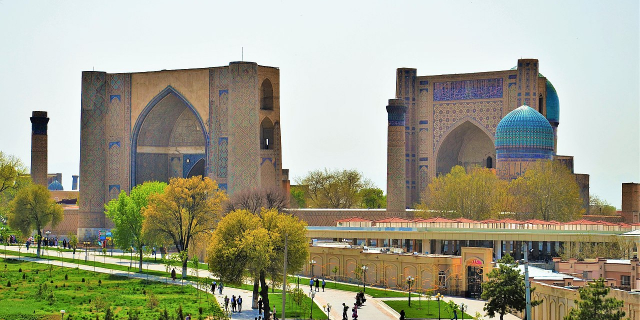

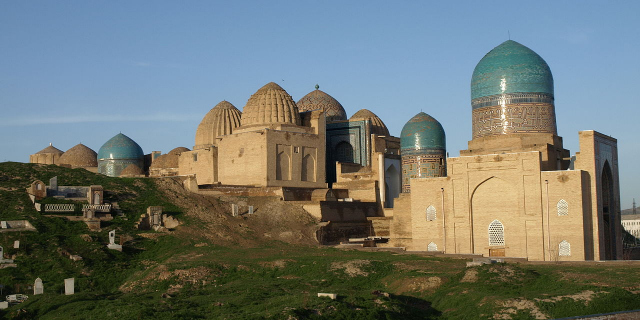


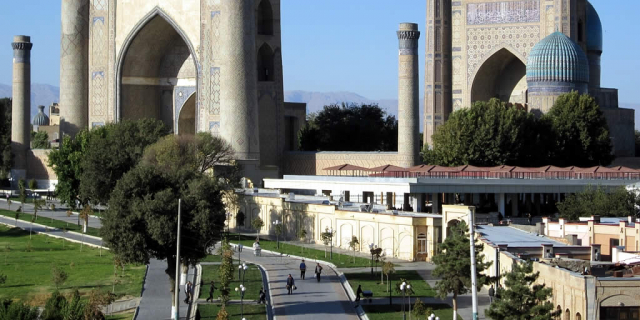

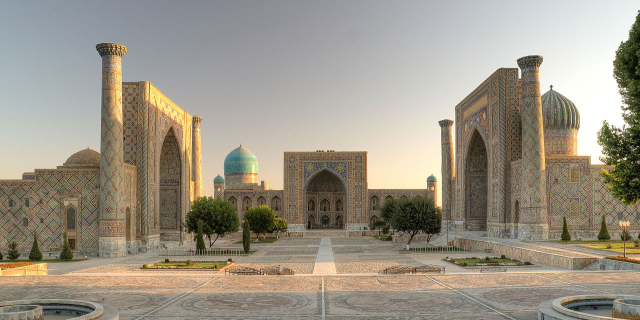



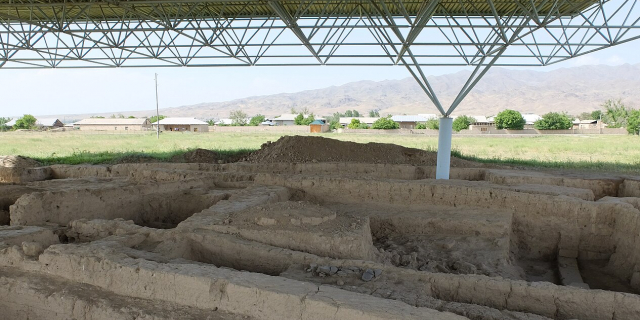

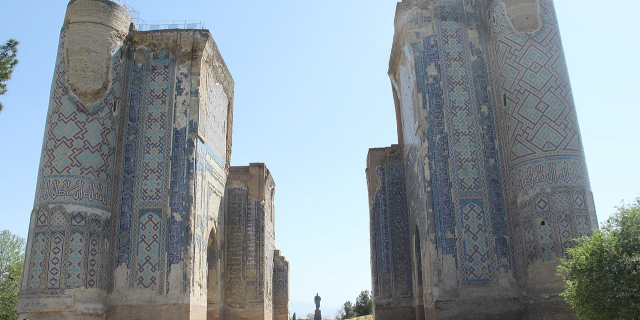


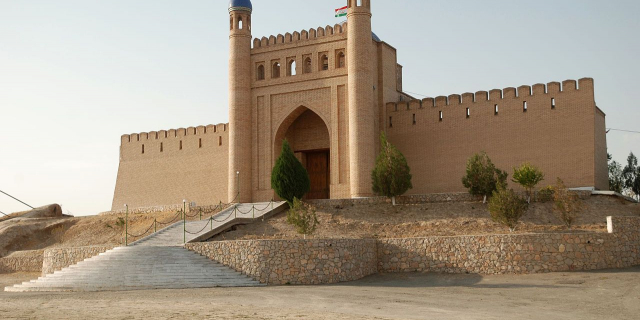
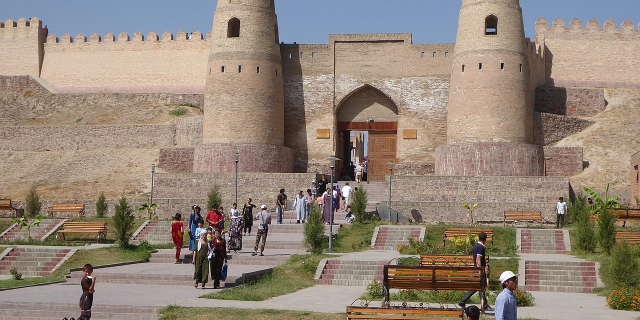



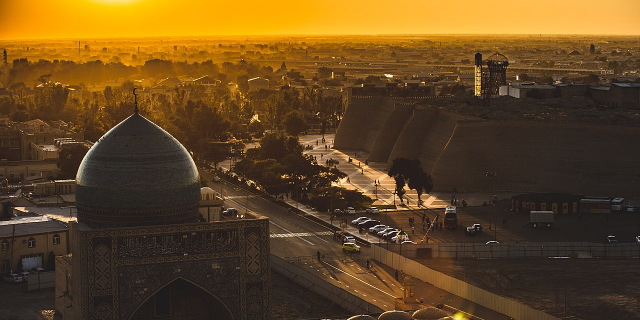

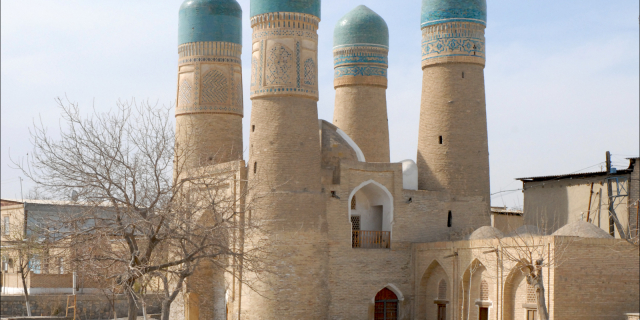
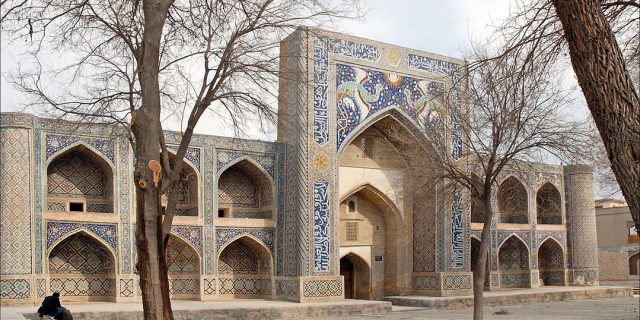
Add new comment